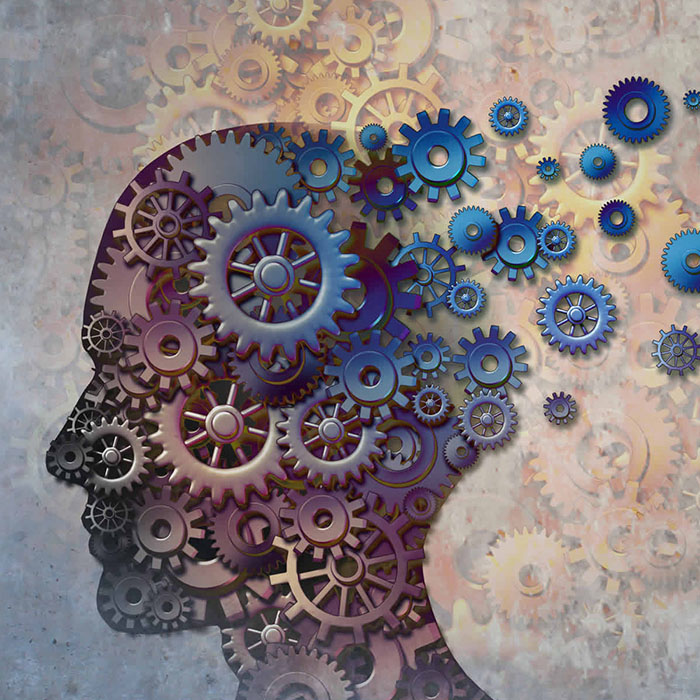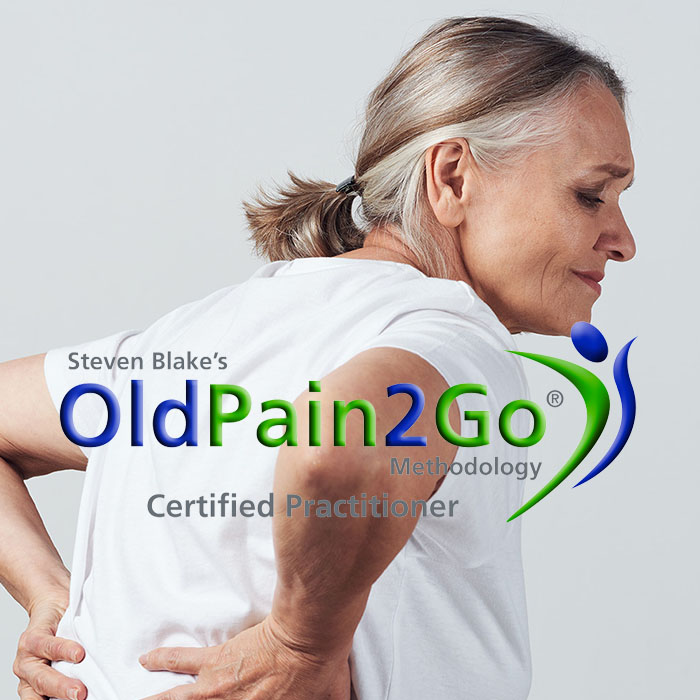Treatments
Helping you make the changes you want, need and deserve
Debi has extensive experience in supporting others to make the changes they want and need
Qualified in several change therapies that can work effectively to help you overcome any problematic thoughts, emotions, or behaviours, you may be experiencing.
Your thoughts, emotions and behaviours are all driven by your subconscious mind. Within sessions we explore how you learnt to think, feel, or behave in certain ways and update these to healthier ways of being.
Sessions are designed for each individual and include resources you can take forward with you to support your own health and wellness.
IEMT
IEMT (Integral Eye Movement Therapy) is a highly effective rapid change therapy. One minute you have an emotion and then you don’t, or it has reduced to a point where it does not impact on you anymore. You will finally be able to move forward in your life no longer restricted by unwanted and outdated thoughts, feelings, and behaviours.
Unlike many other therapies IEMT can be carried out completely content free, meaning clients do not have to share any details in relation to the reason they came. Many clients find this beneficial when dealing with sensitive or painful experiences and events.

Hypnotherapy & NLP
Hypnotherapy and NLP aim to re-programme patterns of behaviour within the mind, enabling irrational fears, phobias, negative thoughts and suppressed emotions to be overcome. Providing you with the tools to move forward in life, making the changes you want.

Reiki Healing
Reiki is a Japanese energy healing technique where practitioners channel universal life force energy through their hands to recipients. By placing hands on or near the body, reiki aims to balance and align the body’s energy, promoting relaxation and healing. It’s thought to alleviate stress, reduce pain, enhance emotional well-being, and support the body’s natural healing abilities. Reiki doesn’t replace medical treatment but complements it by fostering a sense of harmony and well-being.

OldPain2Go
OldPain2Go is a therapeutic approach that aims to alleviate chronic pain and discomfort by engaging with the subconscious mind. It involves a facilitated conversation where the client’s subconscious is guided to reassess the necessity of old pain signals. By changing the perception of pain, the technique intends to prompt the brain to reduce or eliminate persistent pain. OldPain2Go is not a medical treatment but seeks to empower individuals to manage their pain perception and potentially experience relief.

